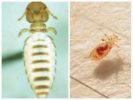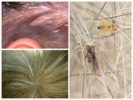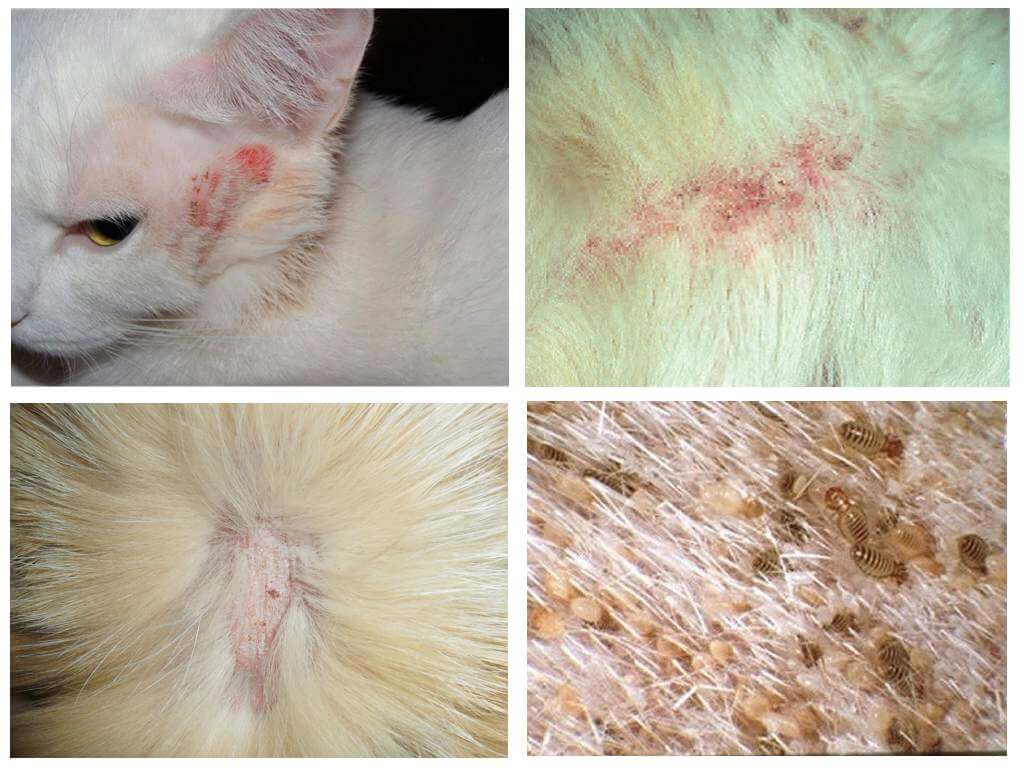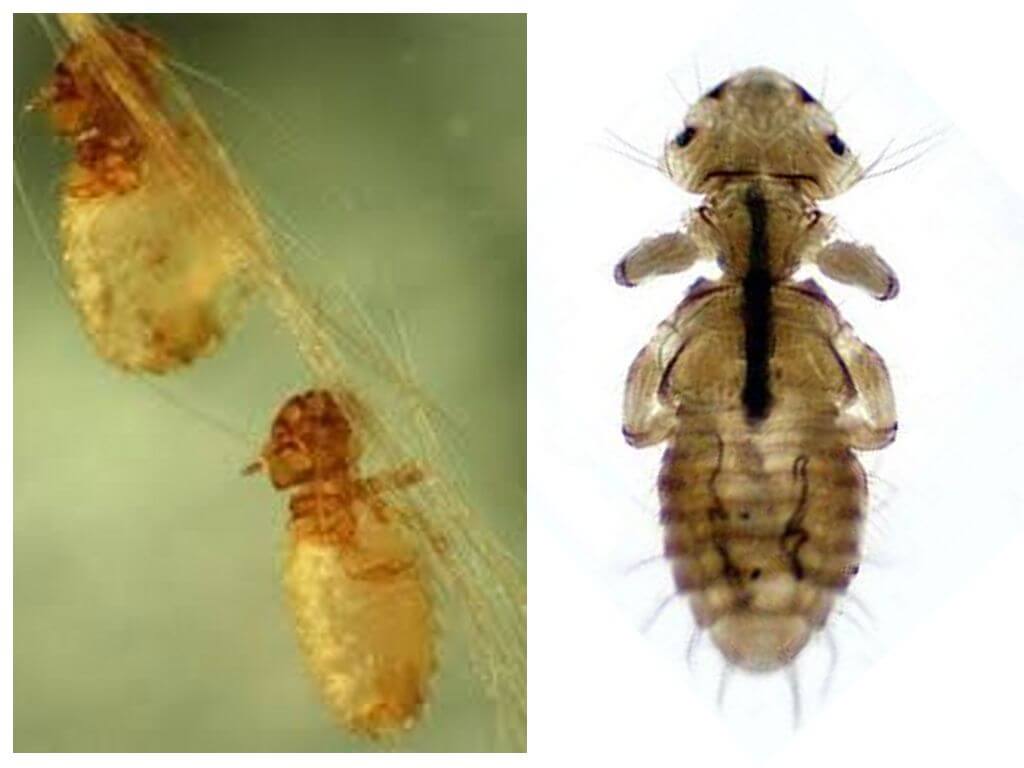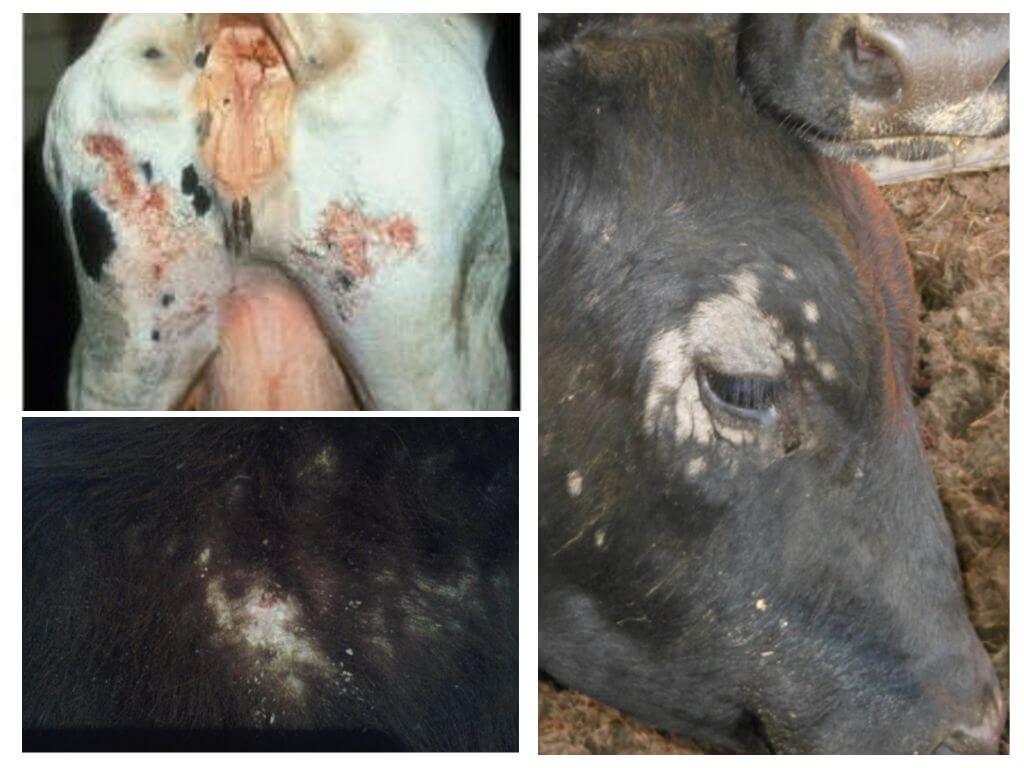- Lice eaters
- Liceptum in humans
Lice-eaters are one of the very dangerous enemies of pets. Parasites are able to attack even the most well-groomed and caressed dog or cat, penetrating into housing on a person’s clothes or shoes. The likelihood of infection of the pet by contact with another animal is also great. But whether lice beetles are dangerous for humans, this article will tell.
Signs of infection
Some owners underestimate the harm that parasites can do to their four-legged friend. The following symptoms indicate the presence of lice eaters:
- Irritation of the skin in the area of the ears and neck, as well as on the hips and at the base of the tail, which is accompanied by intolerable itching. As a result, numerous scratches and wounds appear on the body of the animal. The result of insect bites can be dermatitis, eczema and an allergic reaction.
- The presence of dandruff in the pet's hair, similar to fine sand. The coat itself becomes dull, loses its luster and may even fall out.
- The pet has a loss of appetite, there is a feeling of thirst, weight is reduced and sleep is disturbed.
- You can make sure of the presence of moisture-eaters if you hold the pet in the sun or direct a bright light at it. Insects will creep out for heat.
What does a parasite look like
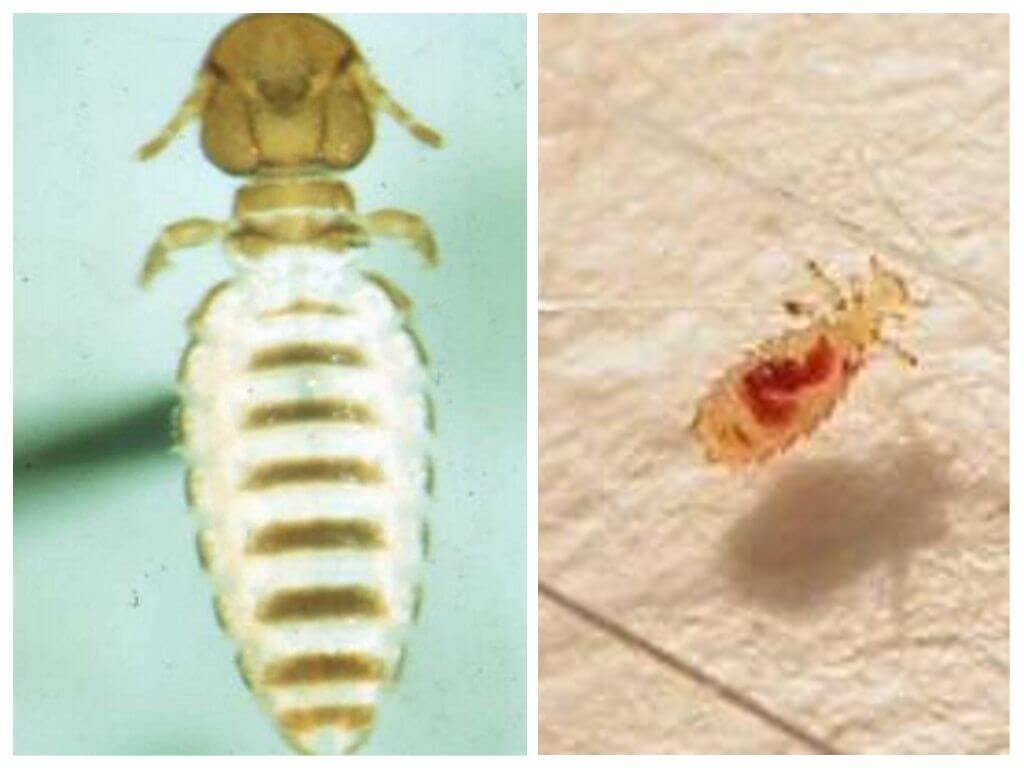
Vlasoed is an insect the size of which does not exceed 2 mm. A slightly flattened light yellow or gray body is adapted to a parasitic lifestyle. The pest has no wings, on its head there is a powerful biting apparatus and 6 legs on the abdomen. Species-specific parasites feed on particles of skin and a down of four-legged friends. That is why they are also called poohoedy.
Pests breed very quickly. One female lays up to seven dozen eggs, which she fixes with the help of uterine secretion to the root of the hair. Therefore, nits are very difficult to wash or comb out. After 6-8 days, larvae appear, turning into an adult in 2-3 weeks.
Can animal whipworms be transmitted to humans?
Opinions differ on this point. There is a statement that from a theoretical point of view, parasites are able to be transmitted to humans and even live on it. There are several cases when there were lice beetles in humans. And given the fact that on the eve of the pest gnawed the skin of the animal, and now bites a person, it makes you think about the possible consequences. After all, lice-eaters are carriers of internal parasites, which can cause infectious diseases that are dangerous for both humans and animals.
Symptoms of a lice-bearer in humans are in many ways similar to signs of infection of animals:
- the presence of severe itching;
- hair loss is possible;
- a person becomes nervous and irritable.
A photo of the lice-beings in humans is presented below.
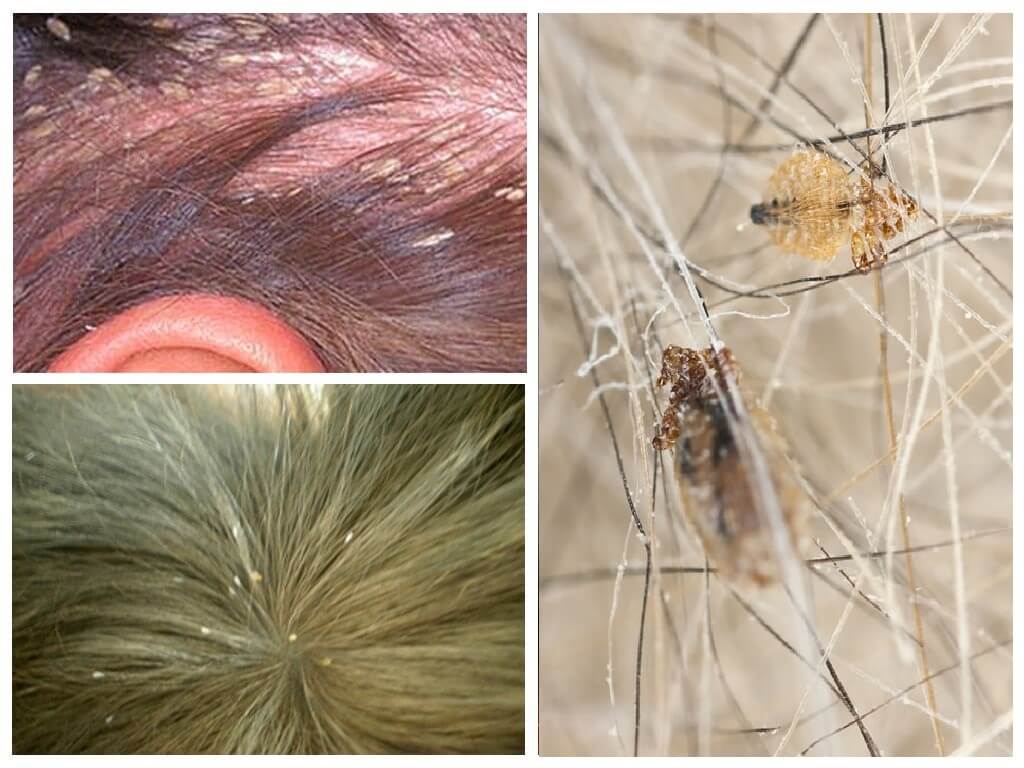
It is clear that if parasites are detected, treatment must begin immediately. Therefore, the question of how to get rid of human beetles, arises by itself. Therapy in such cases is similar. pediculosis treatment.
To get rid of the pet’s hair-eaters, you need to use special antiparasitic drugs, which are in the form of a drop, aerosol or shampoo. It is necessary to treat the animal using these means in accordance with the recommendations indicated in the description.
However, most experts say the opposite and worry that the animal will infect the child or adult with the lice-beetles.After all, insects live on a certain type of animal and they do not like to leave their usual habitat. So if cat lice hit the dog, then he will soon die of hunger. Similar will happen with dog-eating.
Therefore, only regular care and care of the pet will help to avoid such problems and protect it from diseases.
